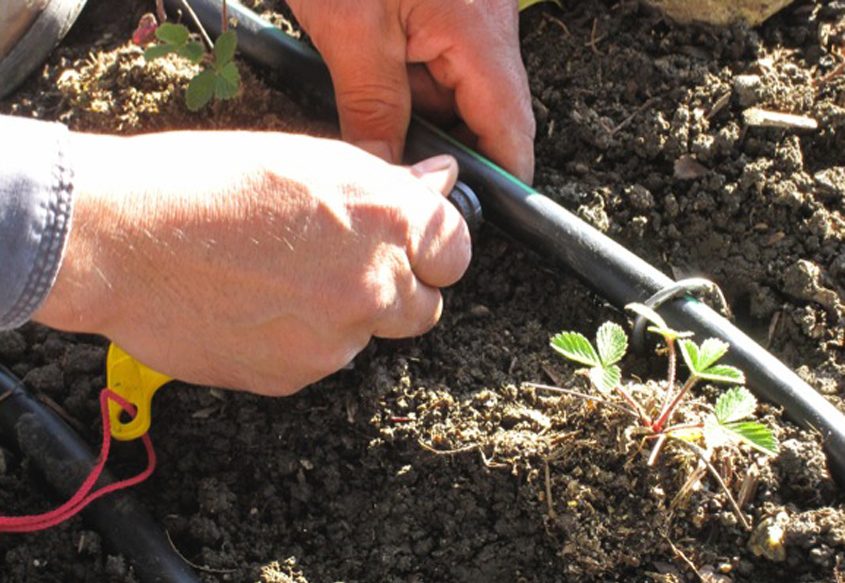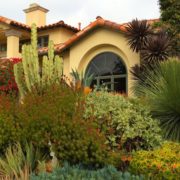Identify Your Landscape Target Goals
Before starting your WaterSmart landscaping makeover, there are significant decisions to make about improving your water efficiency, including plant and irrigation choices. First, determine what type of landscape will meet your needs and maximize your water savings potential.
This instructional video will help you consider your options
What to Know About Plant Choices
Why is turf the main target for saving water? Grass requires more water to keep it green than most other plants. Turf needs four times the amount of rain our region gets annually.
But saving water isn’t the only reason to get rid of your lawn. If you aren’t using your lawn as outdoor living space or a safe place for your children and animals, it’s going to waste. Consider instead an attractive type of substitute such as groundcovers or more interesting plant groups along pathways. There are many alternate choices – including limited turf.
Low to moderate water use plants
A low to moderate water use garden has some moderate water use accent plants and up to 10% high water use plants.
- 45% low water use
- 45% moderate water use
- 10% high water use
Low water use plants
A low water use garden has no more than 10% high water use plants.
- 90% low water use
- 10% high water use
Very low water use plants
A very low water use garden has a mix of very low and low water use plants.
- 50% very low water use
- 50% low water use
What to Know About Irrigation Choices

Take time to learn about your possible irrigation choices. Photo: San Diego County Water Authority
Low-efficiency irrigation
This is not a WaterSmart method.
- Conventional spray irrigation: Conventional spray heads apply water faster than most soils can absorb it, and they produce smaller water droplets that are susceptible to wind.
- Impact rotors: Impact rotors are one of the least efficient methods of irrigation. They are quickly being replaced by higher efficiency options.
Moderate efficiency irrigation
- Rotating nozzles: Best suited for spaces 15 to 70 feet wide.
- Low precipitation sprays: Best suited for areas 5 to 30 feet wide.
High-efficiency irrigation
- Drip emitters and inline emitters: Drip irrigation is the most efficient way to water perennials, shrubs, trees, and new turf. Drip systems apply water slowly so runoff is not an issue. You can leave the water on long enough to reach the deep roots of shrubs and trees.
- Pressure-compensating inline drip: Best for low-maintenance.
- Pressure-compensating point source drip: efficient distribution when properly maintained.
- Bubblers: Best suited for trees and large shrubs.
- Micro-spray: Best suited for tree and shrub areas of smaller size.
Whether you want to create space for entertaining, limit landscape maintenance or maintain some turf for children and pets, you can reach your water-saving goals and create an outdoor space to live in.
_____________________________________________________________________

(Editor’s Note: The San Diego County Water Authority and its 24 member agencies offer programs, resources, and incentives to improve water-use efficiency for residential, commercial, and agricultural users. WaterSmart Living is a way of life in the region. Stay WaterSmart San Diego! For more water-use efficiency resources, go to WaterSmart.SD.org.)



